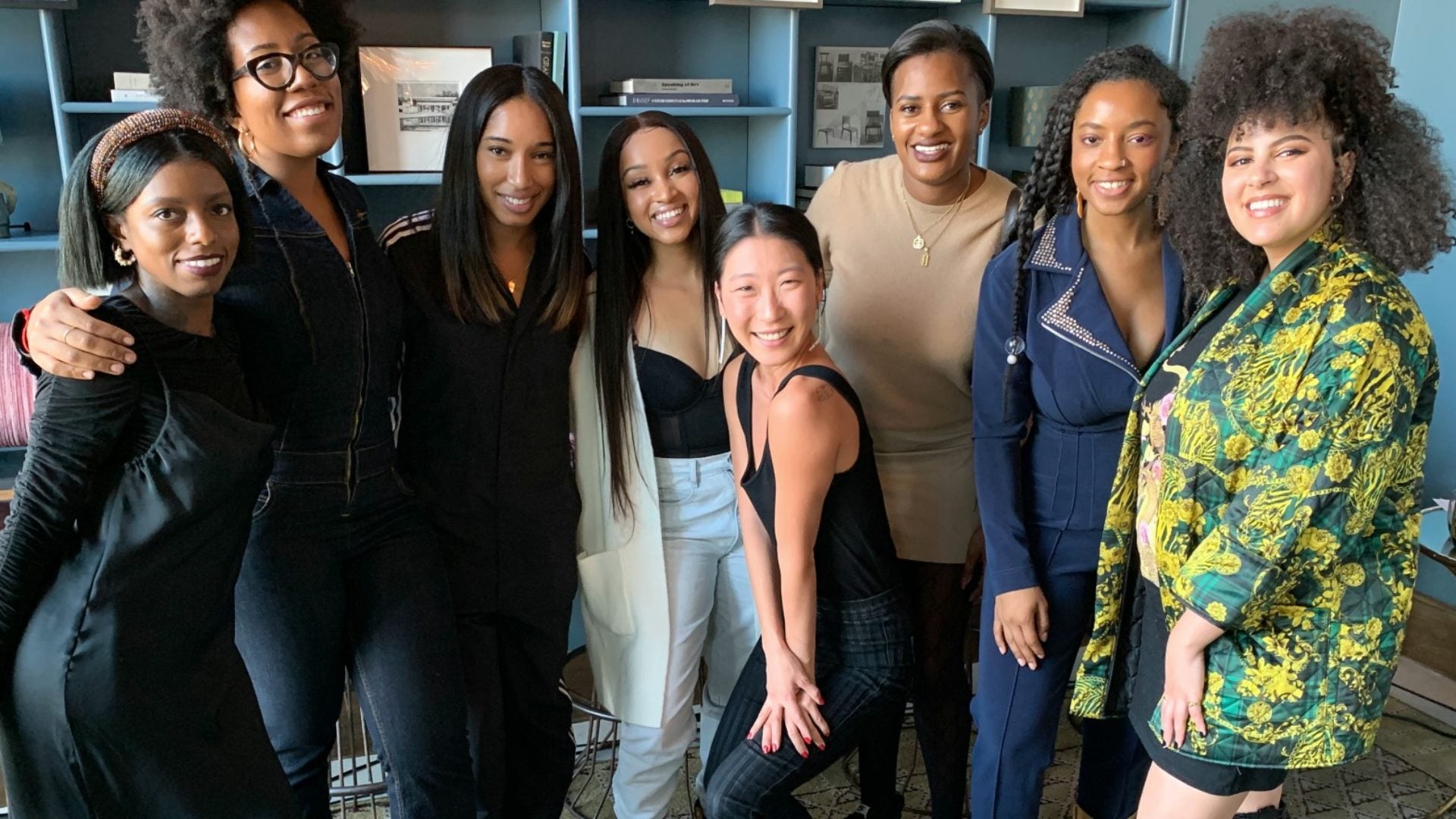
One might think that a conversation about baby hair grooming, or as we typically refer to it, laying edges, couldn’t morph into a discussion about cultural appropriation. But when Black Girls Texting, Baby Tress, and expert hairstylist Nigella Miller hosted a baby hair tutorial and panel discussion at Dumbo House on Saturday, that’s exactly where it went.
After Nigella gave a detailed DIY tutorial on how to style baby hair and get creative with edges, the panel began. And discussion quickly turned to who can style their edges and who are edge products intended for. It got me thinking about something that hadn’t crossed my mind, even with exaggerated baby hair trending so hard: Is edge styling being appropriated?
“I remember a time when girls had not just a little clean up but an extreme swirl. And it was considered ghetto,” said Chelsea Rojas of Black Girls Texting. “But now you see [edge styling] on the runways, you see it in Vogue, and in these spaces where it otherwise would not have been in the past. It’s the idea of ghetto until proven fashionable.”
Ghetto until proven fashionable stuck out in my mind.
Baby hairs can be traced back the 1920s flapper days of Josephine Baker, who has been credited with popularizing the style amongst Black women. Then in the late 1980s and early 90s, the baby hair trend reemerged amongst singers and rappers, trickling down to the community, with women wanting to emulate their favorite artists. Even men groomed their baby hair when appropriate. Ladies tipped their figurative hats to Ginuwine and Omarion in Saturday’s discussion.

And it was actually a refreshing talk, because like Black women, the conversation was multi-faceted and not one note. It’s easy to have a tutorial that simply shows women how to style their edges, but it’s another thing to combine that with a thoughtful conversation about where appreciation crosses into appropriation. It was a safe space and an environment of learning, and with a couple of mimosas thrown into the mix, ladies were candid and judgement free.
“It doesn’t bother me [when others do it] at all until the question is asked and there’s a pivot-scoot-dance around the question. It started with women of color. It’s a fun thing to do. It’s stylish, it’s cool, it jazzes you up,” Rojas said. “You’re taking that and doing it on yourself and I think that’s fine as long as you’re recognizing that and understanding that.”
“We’re not always a thought when it comes to the industry. Look at everything that’s happening now with the labels on our hair, our style, the way we do our nails. All these ways we choose to express who we are are all on trend now,” said Nigella. “We just do what we do because that’s our culture, other people didn’t appreciate what we were doing up until now. But everything that’s in now was ‘ghetto’ at some point.”
But where’s the line for a Black professional hairstylist putting his or her touch on models and clients of all races? I talked to Nigella about whether, as a Black stylist, if she ever struggles with feeling like they equip perpetrators with the tools for appropriation when they work on shows and shoots.
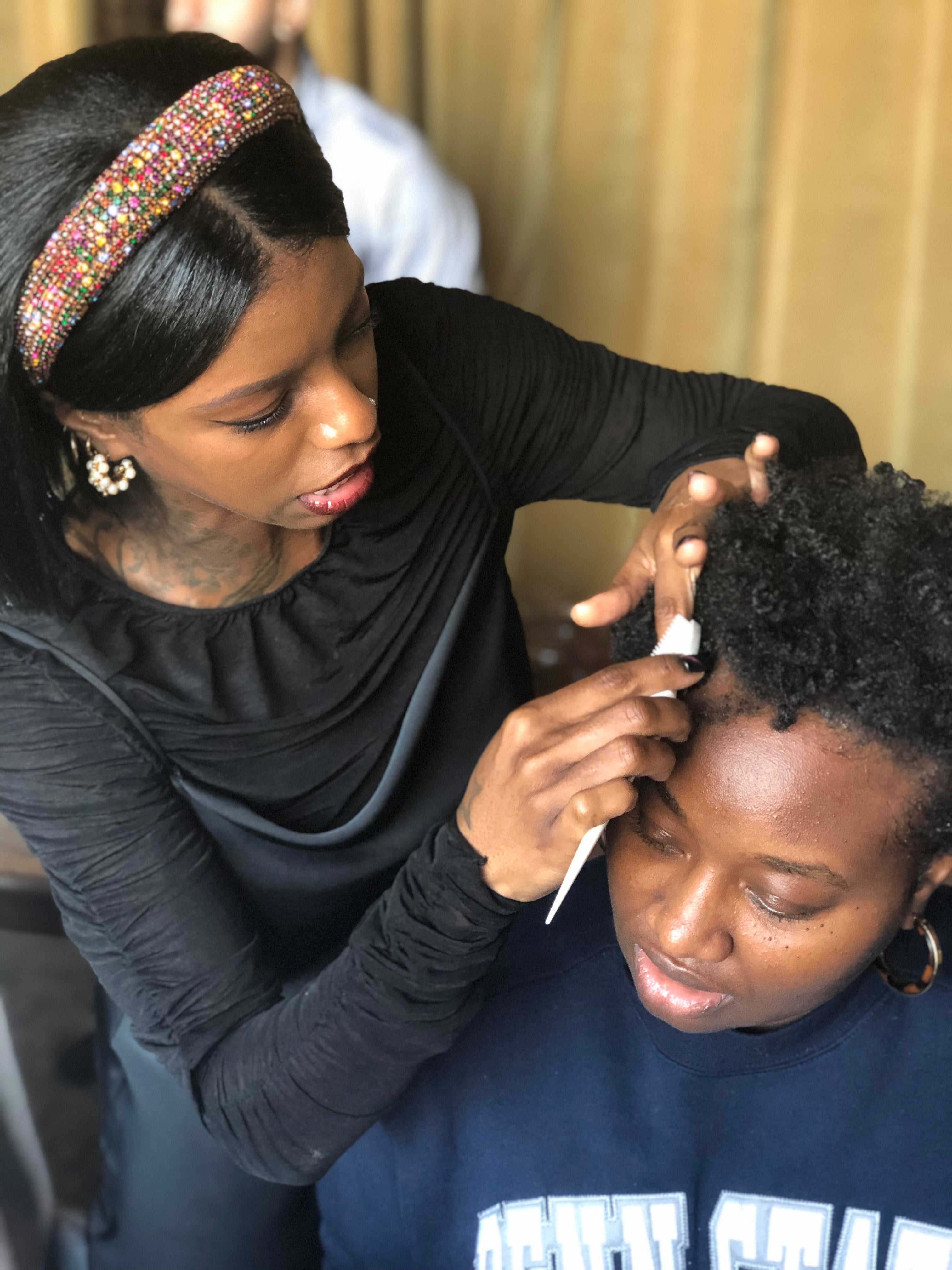
“It’s about the way you do it. You’re not going to put African braids on a White girl. You’re going to braid her hair for her texture. So I think the way we lay baby hair on a White girl is different from how we lay it on a Black girl,” Nigella told ESSENCE. “People have done it and it looks odd. That’s when Black Twitter drags you. A white girl can be walking down the runway in baby hair and it fits her style and her aesthetic and it works.”
In the end I think baby hair grooming leans more towards appreciation, until it becomes monetized and abused, like pretending to invent silk bonnets and grossly overpricing them. And as Nigella pointed out, as long as it makes sense for your hair type, it can be done by anyone. Her tip is keep it cute and keep it interesting.
“It’s art actually,” she finished. “You can take hair out of a curl and create another curl. And then make a curl with that. Don’t get boring with your baby hair. Have fun!”


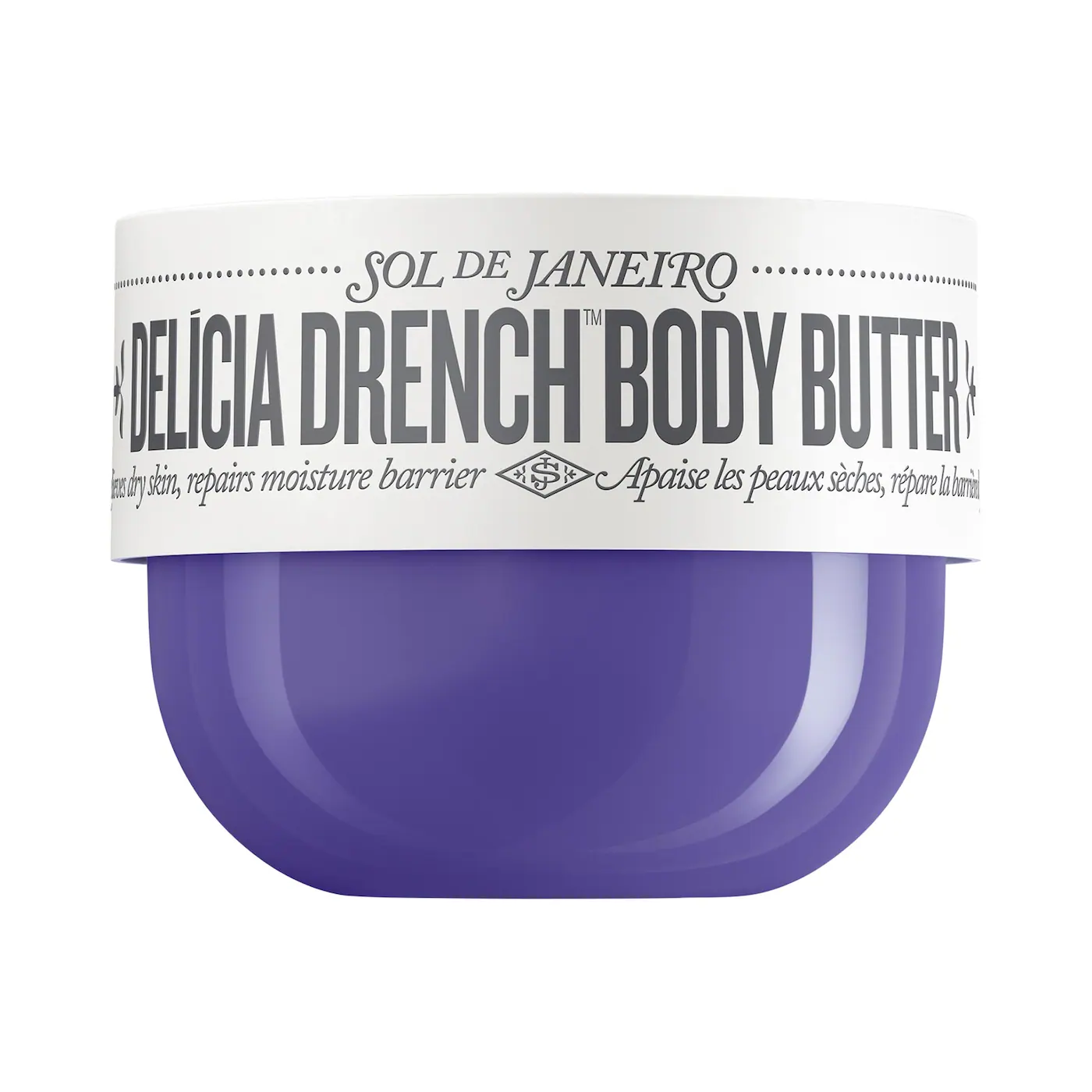
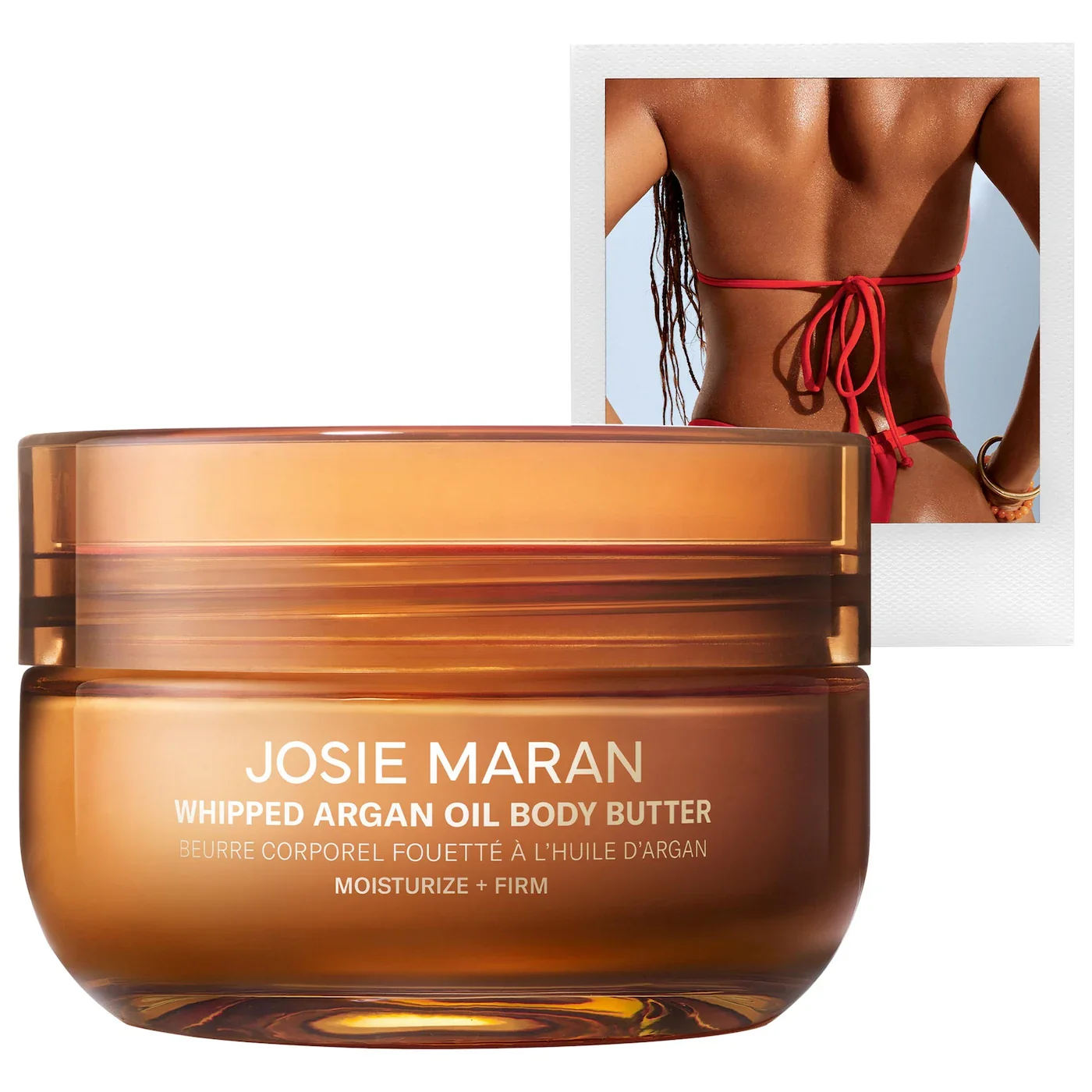
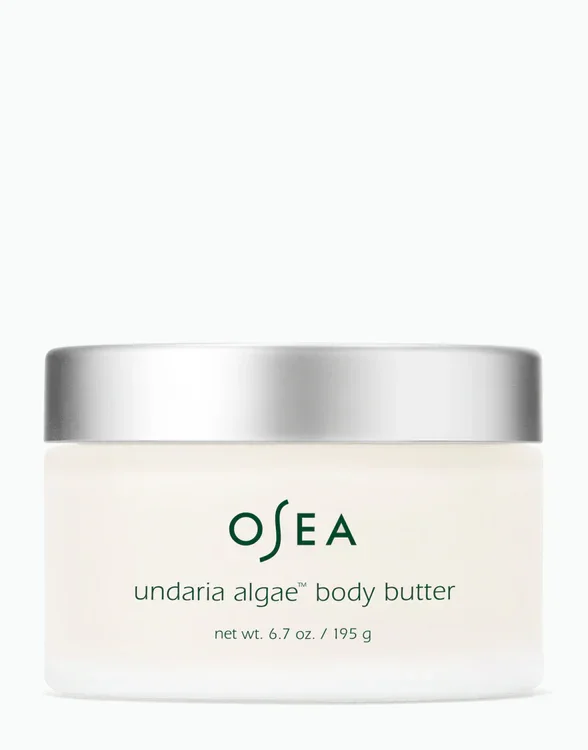


You can check out the full discussion on Black Girls Texting podcast. New episodes are available every Wednesday.






